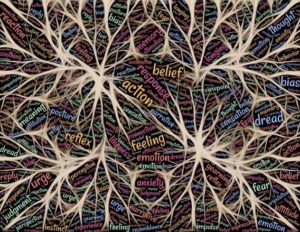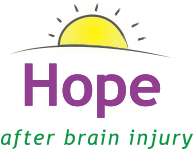A unique neuroplasticity rehabilitation program aimed at helping patients with brain injuries rediscover their metacognitive voice, permanently improves cognition and learning. The definition of neuroplasticity can vary. Understanding what neuroplasticity rehabilitation offers patients who have suffered a traumatic brain injury can redefine hope, even years after the original injury.
Dr. Donalee Markus Ph.D., a leading expert in neuroplasticity and cognitive rehabilitation, started Designs for Strong Minds in 1983. Her extensive neuroplasticity rehabilitation program designed for patients who have suffered a mild to moderate post-traumatic head injury has improved the lives of thousands of patients throughout the world. What sets Dr. Markus’s DSM neuroplasticity program apart from traditional brain injury rehabilitation? It is her insight and ability to test patients for the disruption of the metacognitive voice within their brain.
An article featuring Dr. Markus and the Designs for Strong Minds program published by Elsevier, states “Post-injury, individuals tend to have lost their use of metacognitive conversation; the use of internal dialog that helps monitor behavior. Clients typically have little understanding of their metacognition prior to the acquisition of brain impairment. Because much of our cognitive functioning is automatic, they had little reason to consider metacognitive processes in everyday life.”
 Dr. Markus’s unique neuroplasticity rehabilitation program helps patients learn how to recognize and significantly improve the brains entire network of metacognition. Due to the continued success of the program, Dr. Markus expanded therapy options for patients through the use of a mobile application called Strong Mind Puzzles. The puzzles were created for patients to have easy and ongoing access to rehabilitation tools used for improving their internal dialogue needed for cognitive restructuring.
Dr. Markus’s unique neuroplasticity rehabilitation program helps patients learn how to recognize and significantly improve the brains entire network of metacognition. Due to the continued success of the program, Dr. Markus expanded therapy options for patients through the use of a mobile application called Strong Mind Puzzles. The puzzles were created for patients to have easy and ongoing access to rehabilitation tools used for improving their internal dialogue needed for cognitive restructuring.
Patients who have taken part in the DSM program showed dramatic improvements in mental flexibility, processing, communication skills, analyzing, memory, and much more. Additionally, patients improved their ability to recognize their thinking processes and learning behaviors, which is an essential part of everyday functioning.
Another exclusive part of Dr. Markus’s brain injury rehabilitation program is the creatively designed visual puzzle. The multifaceted puzzles are a concept much different than anything available for patient TBI recovery options. “The treatment must involve repetition so that the cognitive behavior becomes habitual. DSM puzzles and methods tap into the human visual systems. They use graphic puzzles to develop and enhance alternative ways of thinking and doing. To solve the puzzles, the learner has to visualize the conditions that make some answers logical and others illogical. In this way, the learner experiences both the depth and breadth of neurocognitive restructuring.”
Patients learn how to reach beyond their limitations during therapy, taking recovery to an entirely new level. Understanding how neuroplasticity works, the commitment and ongoing participation required for recovery from traumatic brain injury enhances the opportunity for remarkable recovery outcomes.

Leave A Comment
You must be logged in to post a comment.